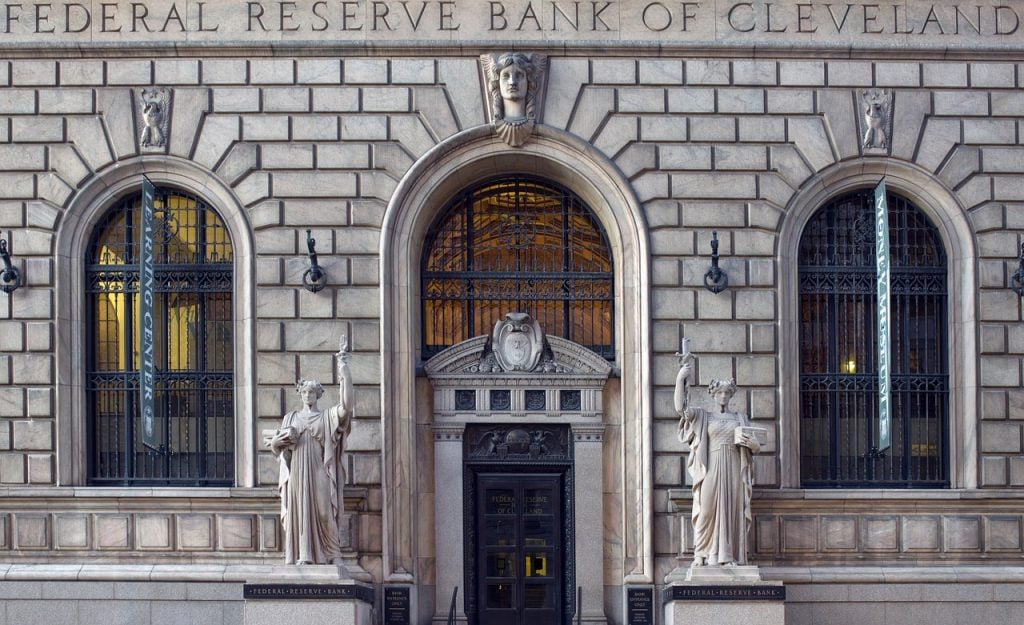In his Daily Market Notes report to investors, while commenting on the Fed’s decision to not commence any tapering until 2022, Louis Navellier wrote:
Q2 2021 hedge fund letters, conferences and more
The annual Kansas City Fed Conference in Jackson Hole, Wyoming was canceled. The Jackson Hole conference is a major international event that would have provided some insight into major central banks quantitative easing. Although the Jackson Hole conference will now be virtual, I suspect that the participants may be slightly less transparent.
Central bankers in the European Union and Japan pioneered negative and zero interest rates and are now pulling both Britain and the U.S. into the negative interest rate abyss. The fact of the matter is governments increasingly cannot tax their way out of their legacy budget deficits, so inflation and ultralow interest rates remain the lasting legacy. If the U.S. taxes all Americans at 100%, there will still be an $8 trillion federal budget deficit, so we cannot tax our way out of our fiscal problems.
No Tapering
No matter what the Fed announces at its upcoming Federal Open Market Committee (FOMC) meeting, the Fed will not commence any tapering until 2022 and will continue its quantitative easing, but at a reduced pace. Inflation effectively allows all central banks to print more money and the eventual risk is stagnation, especially after businesses and consumers have spent up a storm.
In Japan and Europe, folks are older and often live in small homes, so after they spend money, they tend to save the rest and high savings rate helps to keep key interest rates, low no matter what the inflation rate. In the U.S. we are getting older too, but we tend to live in bigger homes and have bigger families, so consumer spending in the U.S. is not expected to stagnate.
6% GDP Growth
It will be interesting how long the U.S. can sustain it 6% GDP growth, which is forecasted to persist through the third quarter. In addition to robust consumer spending, there remains a massive order backlog due to supply chain glitches that is effectively insuring that U.S. GDP will continue to grow at a 6% annual pace. Furthermore, robust job growth continues to add new consumers, which are expected to continue to boost retail sales. With robust business and consumer spending healthy, they represent a powerful one-two punch that should continue to boost GDP growth.
The inflation bubble that easy monetary policy created is expected to ease somewhat in the fall, especially energy as demand for crude oil and natural gas ebbs. This seasonal drop in worldwide energy demand is caused by the fact that there are billions more people in the Northern Hemisphere, so demand naturally ebbs as the weather cools. Unfortunately, much of the wholesale inflation that rippled through the U.S. economy were service costs that are not expected to diminish, so some permanent inflation is here to stay.
Oasis In Stocks
I expect that growth stocks will remain an oasis to the chaos that is rippling around the world. Money has to go somewhere and due to the ultra-low interest rate environment and millions of new investors have turned to the stock market seeking higher yields. Furthermore, when government becomes ineffective, which seems to be happening lately, the private sector takes over and prosperity tends to soar!
Looking forward, the new wars in the future will be fought with economic, not military might. China has been winning the economic wars and the U.S. now has to assert is economic might. Future military actions are likely to be led by special forces, where the U.S. gets in and out quickly. The Afghanistan debacle illustrates why it is important to not overstay after special forces do their job and achieve their objectives. The U.S. is now out of the nation building business, since frankly, we are not very good at it.
The one thing that our federal government has done that impacted the stock market is that they have caused the money supply to soar 40% in the past year, which is why residential real estate, the stock market and some collectibles have prospered. The velocity of money, which is how fast money is changing hands remains high as consumers get out and about, despite the Covid-19 Delta variant, so 6% annual GDP growth persists. Another comment I have is that one thing the federal government did right was that at least the bulk of the Covid-19 relief went directly to businesses and consumers, who can spend money more effectively than the federal government.
Market Fact:
What a difference a decade makes. In 2011, total dividends for the S&P 500 were ~$240 billion. For the last full year, 2020, total dividends were ~$483 billion, a CAGR of about 8%. For 2021, dividends stand at $494 billion on an annualized basis. As of the end of Q2, the dividend yield on the SPX was 1.38%. Source: S&P Dow Jones Indices.













